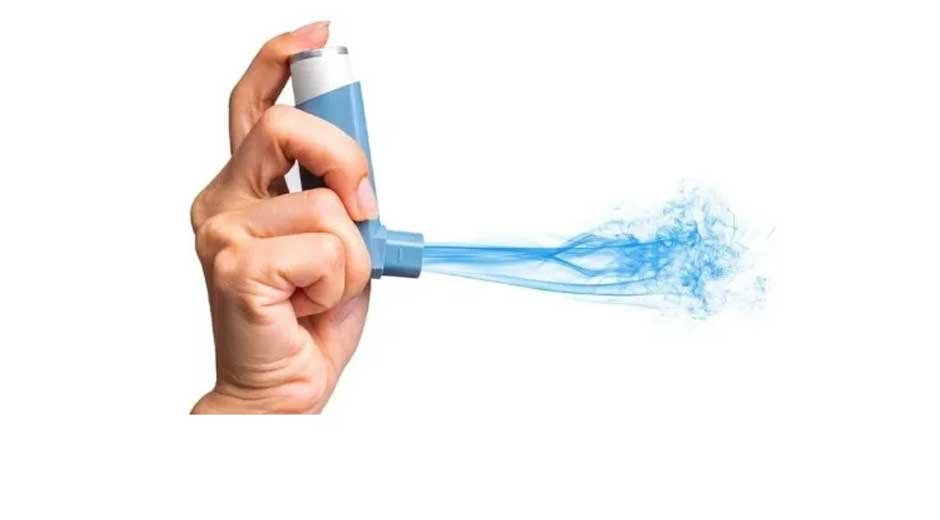Preclinical inhalation testing plays a crucial role in the development of new drugs, particularly those intended for delivery to the respiratory system. By simulating human respiratory conditions in laboratory settings, researchers can gain valuable insights into a drug’s safety, efficacy, and potential risks before it reaches clinical trials. These studies are essential for drugs targeting pulmonary diseases such as asthma, chronic obstructive pulmonary disease (COPD), and cystic fibrosis.
Table of Contents
Understanding Preclinical Inhalation Testing
Inhalation testing typically involves exposing laboratory animals to aerosolized drug formulations. Researchers monitor how the drug behaves in the lungs and throughout the body, focusing on:
- Pharmacokinetics (PK):How the drug is absorbed, distributed, metabolized, and eliminated.
- Biodistribution:The distribution of the drug across tissues, particularly in the respiratory system.
- Toxicology:Identifying any harmful effects on lung tissue or other organs.
These studies provide critical guidance for optimizing formulations, determining safe dosage ranges, and predicting potential adverse effects in humans.
Key Insights from Inhalation Testing
- Assessing Safety Profiles
Preclinical inhalation studies are crucial for identifying toxic effects associated with respiratory exposure. They can reveal acute, subchronic, and chronic toxicities, as well as developmental or reproductive concerns. Evaluations often include lung inflammation, cellular damage, and tissue remodeling. Understanding these parameters allows researchers to establish safe exposure limits for humans.
- Optimizing Drug Formulations
The effectiveness of an inhaled drug depends heavily on its formulation. Particle size, aerosol stability, and deposition patterns in the lungs all influence how well the drug works and how well it is tolerated. Preclinical testing helps refine these parameters, enhancing therapeutic outcomes while reducing side effects.
- Regulatory Compliance
Regulatory authorities require comprehensive safety and efficacy data before approving new inhaled medications. Preclinical inhalation studies provide the evidence needed to support Investigational New Drug (IND) applications and New Drug Applications (NDAs). By demonstrating safety and proper lung delivery, these studies are critical for regulatory approval.
- Device Compatibility
Many inhaled drugs are administered via devices such as metered-dose inhalers (MDIs) or dry powder inhalers (DPIs). Testing ensures that drugs are compatible with their intended devices, guaranteeing accurate dosing and optimal delivery to the lungs.
Advancements in In Vitro Models
To reduce reliance on animal testing, advanced in vitro models are increasingly used. Human cell cultures can replicate key aspects of lung tissue and provide valuable data on toxicity and cellular response. Techniques like high-content imaging, trans-epithelial electrical resistance (TEER) assays, and organ-on-a-chip models are expanding the ability to predict human outcomes more accurately and efficiently.
The Role of Toxicology Laboratory Services
Specialized toxicology laboratory services are essential for executing comprehensive preclinical inhalation studies. These laboratories bring expertise in study design, execution, and analysis, all under Good Laboratory Practice (GLP) standards. Services include pharmacokinetic assessment, histopathology, and regulatory documentation support. Partnering with experienced toxicology labs ensures scientifically robust results and compliance with regulatory expectations, ultimately speeding the path from preclinical research to clinical trials.
To Conclude
Preclinical inhalation testing is a cornerstone of respiratory drug development. It provides critical insights into drug safety, efficacy, and formulation optimization, guiding the development of therapies that are both effective and safe for human use. With ongoing advances in in vitro models and laboratory techniques, these studies are becoming increasingly sophisticated, enabling better prediction of human responses and helping bring innovative inhaled therapies to patients faster.
